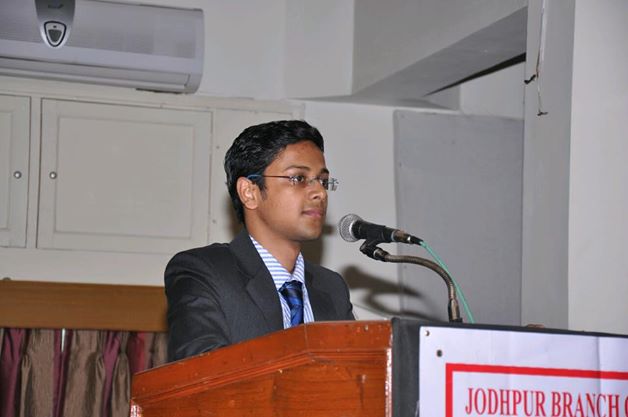Goods and services tax was made effective from 1st July 2017. The law when introduced has made a sea-over change as to taxability of services which can be explained in the following points to large extent-
- The threshold exemption limit was changed from ₹ 10 lakhs to ₹ 20 lakhs. However, this limit is totally different from the present law in terms of its implication. The limit of ₹ 20 lacs is prescribed for registration. But if registration is obtained even before the crossing of threshold limit of ₹ 20 lakhs then the registrant supplier needs to charge GST on the supplies made by it.
- In order to avail of exemption of ₹ 10 lacs under the existing law, the turnover of previous year was also considered and the said turnover of previous year needs to be below ₹ 10 lakhs. But the limit of ₹ 20 lakhs in the GST law is independent to the previous year turnover. The implication is that the assesse can claim the benefit of ₹ 20 lakhs limit every year.
- The existing law was recognizing branded services but this recognition is not finding its place in GST law. Meaning thereby that the threshold of ₹ 20 lakhs is commonly available to all kinds of service providers subject to Section 24 of the CGST Act 2017.
- The existing law was applicable on the country as a whole where the present CGST Act 2017 is applicable state wise. Resultantly, service providers providing services from different states needs to obtain separate registrations in each state. The bigger implication of applicability of CGST Act 2017 state wise is that in case of interstate service providers, there is compulsory registration without any threshold of ₹ 20 lakhs.
- One big change introduced by GST law in relation to export of services is that now even exporter of services needs to obtain LUT/Bond for export of services.
Return filing for service providers have been shifted from present half-yearly to monthly. This has resulted in a major increase in compliance on the part of service providers.
Favouring Waves
The above brief sample changes in the compliance on the part of service providers has resulted in hue and cry among the service providers, precisely among small service providers. The problems faced by them was represented to the GST council through various major bodies ICAI, Tax bar associations, AIFTP etc to name a few. Another important source of raising problems these days is a social networking portal – “Twitter”. Considering representation and the problem tweeted, GST Council has made several changes to smoothen the process and compliances for service providers listed as under-
- Service providers providing services below ₹ 20 lakhs but supplying inter state supplies needs compulsory registration and losing competitive edge over the service providers providing services below ₹ 20 laksh by supplying only intra-state services. This problem was repetitively raised and considering the same it was decided in GST Council to provide this threshold limit of ₹ 20 lakhs to all the service providers uniformly.
- Exporter service providers were facing problems in terms of giving bonds along with bank guarantee. It involves considerable time and cost. This compliance was made easy and now all the exporters can export after obtaining LUT from the department.
- For restaurant service providers the composition limit has been increased from originally prescribed limit of ₹ 75 lakhs to ₹ 150 lakhs now.
- For service providers providing service uptoRs 150 lakhs return filing compliances have been reduced from monthly returns to quarterly returns. This is done to smoothen the compliances for service providers.
- The payment of tax was shifted from partial cash basis cum accrual basis under existing law to complete accrual basis under the GST law. Service providers providing services upto the aggregate turnover of ₹ 150 lakhs further rationalize this system of tax payment to enable payment of tax on cash basis.
It is proposed that the composition dealers shall be allowed to avail of threshold exemption of ₹ 5 lakhs per year in provision of services by them. This will ease the work of small dealers who provide petty services like installation, fitting etc in addition to the sale of goods. Before the proposal of this modification these suppliers could not avail of composition benefit. But now composition benefit will be available to them even as a service provider.
Before Parting
Although the government has brought many changes in the taxability of services from what initially the law was, however, radical changes are required in the present amended GST law so as to enable smooth functioning at the part of the service providers. To name a few:-
(a) There should be a uniform rate of taxes on service so as to reduce classification issues to a large extent.
(b) Definitions of input services, inward supply and concept of taxability on import of services needs to be rationalized.
(c) Concept of Composite supply and Mixed supply needs to be elaborated as to principles of determining the nature of the dominant supply.
(d) Composition scheme needs to be extended to all the service providers.
(e) Need to rationalize the valuation principles, seamless flow of input tax credit, threshold limit as available in the earlier law, etc
CA Akash Phophalia
9799569294
[email protected]
 9911796707
9911796707

